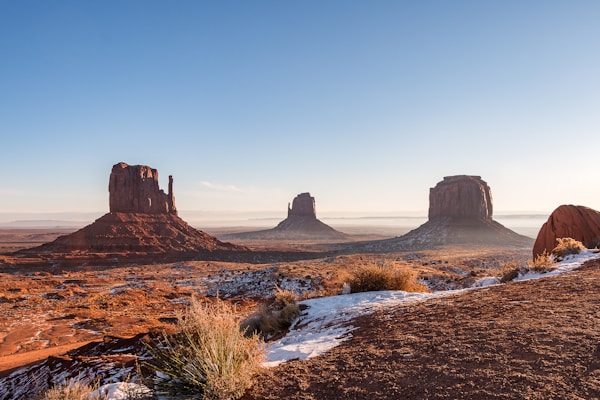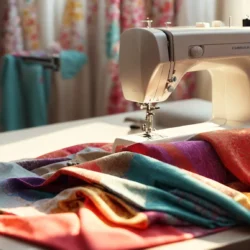Native Americans have lived in what is now the United States for thousands of years. They have a long and rich history in this country, which is often overlooked or ignored. Native Americans have faced many challenges, including discrimination, poverty, and poor living conditions. It’s estimated that one-third of Native Americans live below the poverty line and are more likely to experience chronic diseases such as obesity and diabetes. This is partly because many tribes have been denied access to quality healthcare and education. In addition, many Natives live on reservations located in remote areas with limited resources. The lack of infrastructure on these reservations has resulted in high levels of unemployment and poverty. Keep reading to learn more.
Lack of Resources and Poor Living Conditions

Many Native American communities lack access to basic needs such as clean water, decent housing, and quality education. Indian reservations have the highest poverty rate in the country. One reason for these conditions is that the federal government has failed to meet its trust responsibility to Native Americans. This means that the government has not done enough to ensure that tribal communities have access to essential services and resources.
There are so many different ways a replacement shower could help Native Americans. One of the most important ways it could help is by providing them with a more reliable way to stay clean and healthy. Many of the reservations these people live on don’t have running water or reliable plumbing, so having a replacement shower that they could use would be a huge help.
A replacement shower could also help Native Americans to improve their environmental sustainability. Many of the reservations these people live on don’t have access to modern energy sources, so they rely on traditional methods of heating and cooling their homes. A replacement shower that uses energy-efficient technologies could help these people reduce their reliance on traditional methods, which would help improve their environmental sustainability.
Education Inequalities for Native Americans

There are many education inequalities for Native Americans in the US. For starters, many Native American kids live in poverty, making it hard to get a good education. In addition, few schools near reservations offer quality education programs, and even when these schools exist, they often don’t have enough money or resources to meet the needs of their students. Many tribes don’t have control over their school curriculums; the federal government controls what is taught in these schools and often ignores the cultural needs of Native American students. All of these factors create huge disparities between the educational outcomes of Native students and other students in America.
If you want to learn more about your heritage, you can try DNA testing. DNA testing for Native American can be used to determine a person’s racial or ethnic heritage and determine if someone has Native American ancestry. The test looks at a person’s DNA markers specific to different racial and ethnic groups, including Native Americans. If a person has markers specific to Native Americans, they are considered to have Native American ancestry.
The government could address these inequality issues by investing more money in programs that benefit Native Americans. For instance, it could fund housing projects or invest in education initiatives. Another solution would be to repeal specific laws and regulations that hinder tribal communities from prospering. Some tribes are restricted from developing their energy resources due to federal regulations. If these restrictions were lifted, tribes could generate power and create jobs within their communities.
Ultimately, it will take a concerted effort from the federal government and tribal communities to improve living conditions for Native Americans. Working together can create positive change and build a brighter future for all Indigenous people in America.






